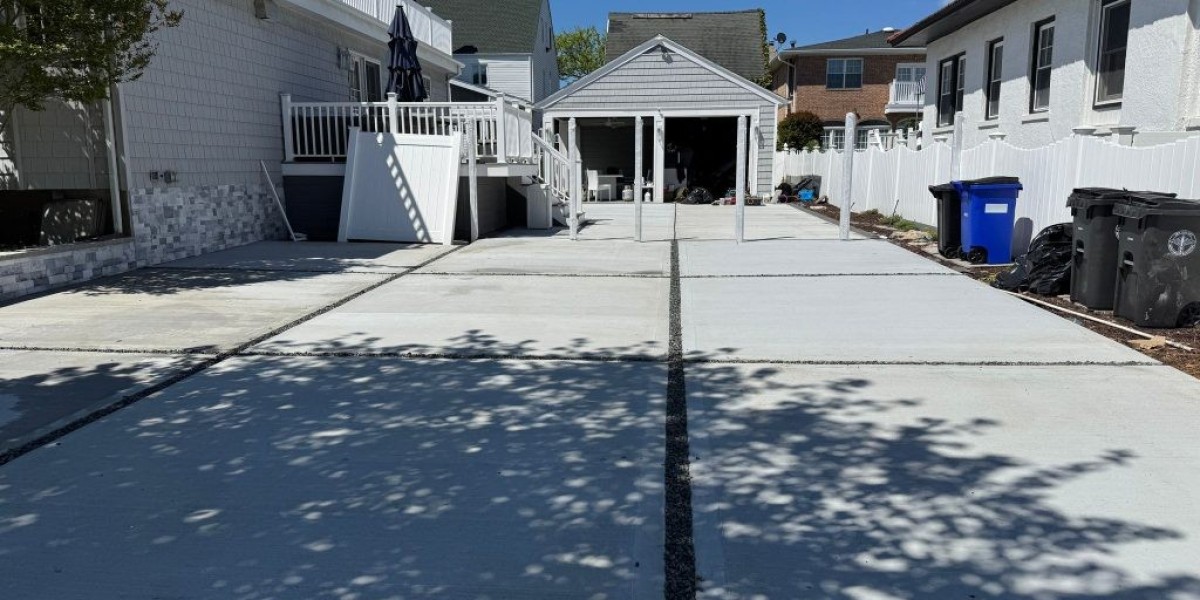Here’s a step-by-step guide to developing residential land, from the first land search to handing over the keys to new homeowners.
1. Find and Evaluate the Right Land
Your first step is selecting a parcel of land that fits your project goals and budget.
✅ Location: Proximity to schools, roads, utilities, and employment centers
✅ Zoning: Is the land zoned for residential use (R1, R2, etc.)?
✅ Topography: Hills, flood zones, wetlands, and soil stability can all affect buildability
✅ Access: Does it have legal road access and easements?
? Tip: Work with a real estate agent who specializes in land sales, or hire a land consultant for due diligence.
2. Conduct a Feasibility Study
Before purchasing, conduct a thorough feasibility study to determine whether the land can be profitably developed.
Environmental impact study
Soil testing and percolation tests
Utility availability (water, sewer, electric, internet)
Estimated development costs (grading, infrastructure, permits)
Market demand and resale value of homes
? Key goal: Make sure the land is not only buildable, but that the numbers make sense for your investment.
3. Secure Financing
Land development financing is different from traditional home loans. You may need:
Land acquisition loans
Construction loans
Private or hard money funding
Investor partnerships
Lenders typically require detailed plans, cost estimates, and proof of experience. You may need to fund early stages with personal capital before securing large loans.
4. Design the Development Plan
Next, work with civil engineers, architects, and planners to design your subdivision or site plan.
? Lot sizes and layout
? Road and sidewalk designs
? Utility connections
? Drainage and stormwater management
? Green space or amenities (parks, walking trails)
You’ll submit this plan for preliminary approval by local planning departments.
5. Get Zoning and Permits
In some cases, the land will need to be rezoned to allow for residential use or a specific density (e.g., single-family vs. townhomes).
You’ll also need:
Land use approvals
Subdivision approval
Building permits
Environmental permits (if wetlands, endangered species, or protected trees are present)
⏳ This phase can take several months to over a year, depending on your location and complexity.
6. Install Infrastructure and Utilities
Once you have approvals, the physical development begins. This includes:
Clearing and grading the land
Installing roads, curbs, sidewalks
Laying water, sewer, gas, electric, and internet lines
Building stormwater systems and retention ponds
? This stage is often the most capital-intensive.
7. Build Homes or Sell Lots
Depending on your strategy, you can:
? Build the Homes Yourself
Hire general contractors
Manage construction timelines
Sell homes upon completion (or pre-sell during development)
? Sell Finished Lots to Builders
Package and sell the subdivided lots to residential builders
Lower risk, faster return of capital
8. Market and Sell
Work with a real estate agent or sales team to sell your finished homes or lots. Develop a marketing strategy that highlights:
Community features
Nearby amenities (schools, shopping, parks)
Quality of construction or builder reputation
Affordability and value
Consider creating a model home or digital renderings to attract early buyers.
9. Wrap Up and Close Out the Project
After construction and sales are complete:
Finish landscaping and cleanup
Final inspections and occupancy certificates
Transfer HOA responsibilities if applicable
Repay financing or distribute profits to investors
Final Thoughts
Developing residential land is a complex but profitable venture that combines vision, planning, and execution. Whether you plan to build a handful of homes or create a full subdivision, understanding the steps upfront helps you reduce risk and improve your return on investment.
Important Links
Difference Between Residential and Commercial Real Estate
Real Estate Exit Strategies for Investors
Top Real Estate Marketing Strategies for Agents in 2025
How to Evaluate a Real Estate Investment
Tips for Buying Your First Rental Property
Dairy Farm Walk Condo Site Plan
Dairy Farm Walk Condo Location
Dairy Farm Walk Condo Showflat
Dairy Farm Walk Condo Developer
Dairy Farm Walk Condo Showflat
Dairy Farm Walk Condo Developer







